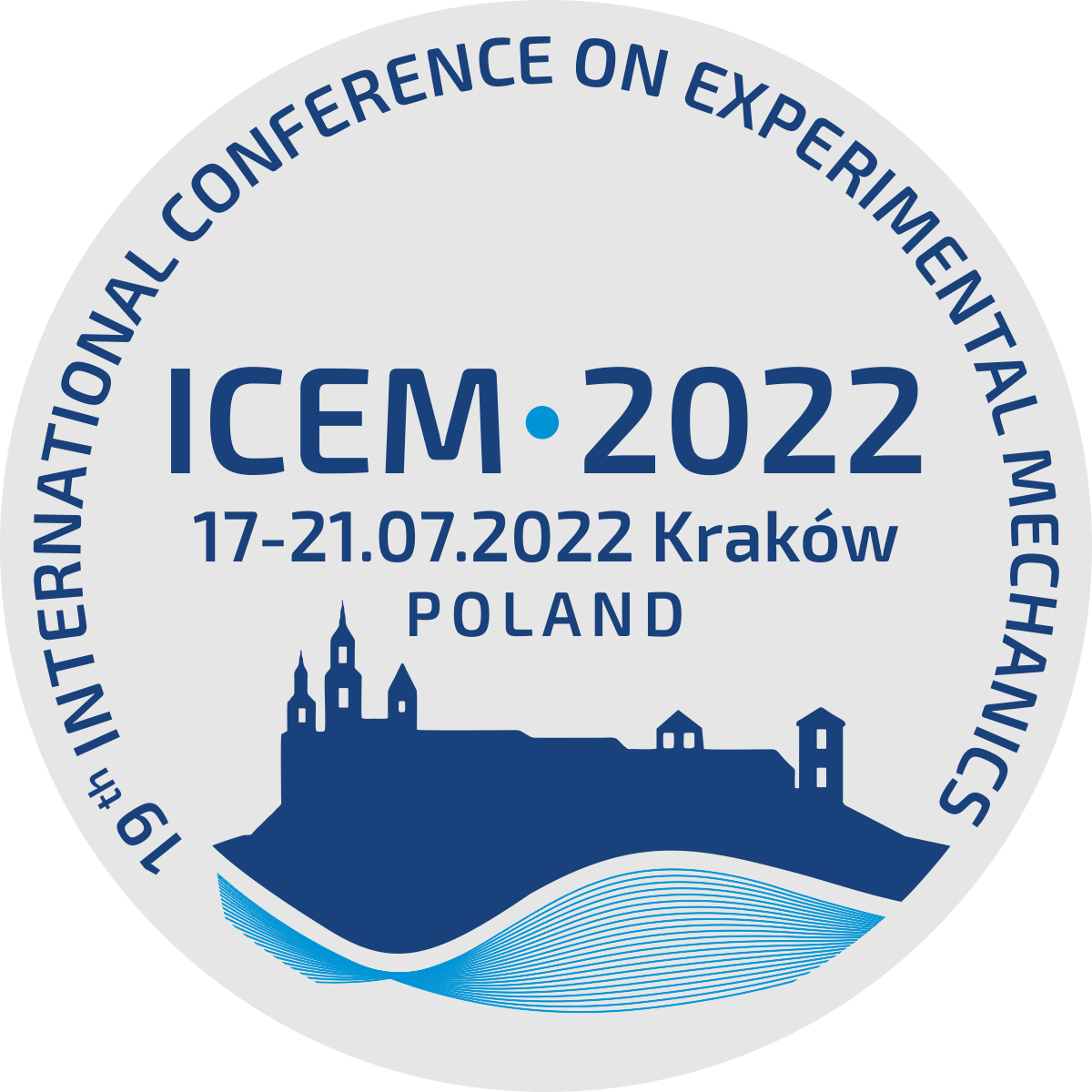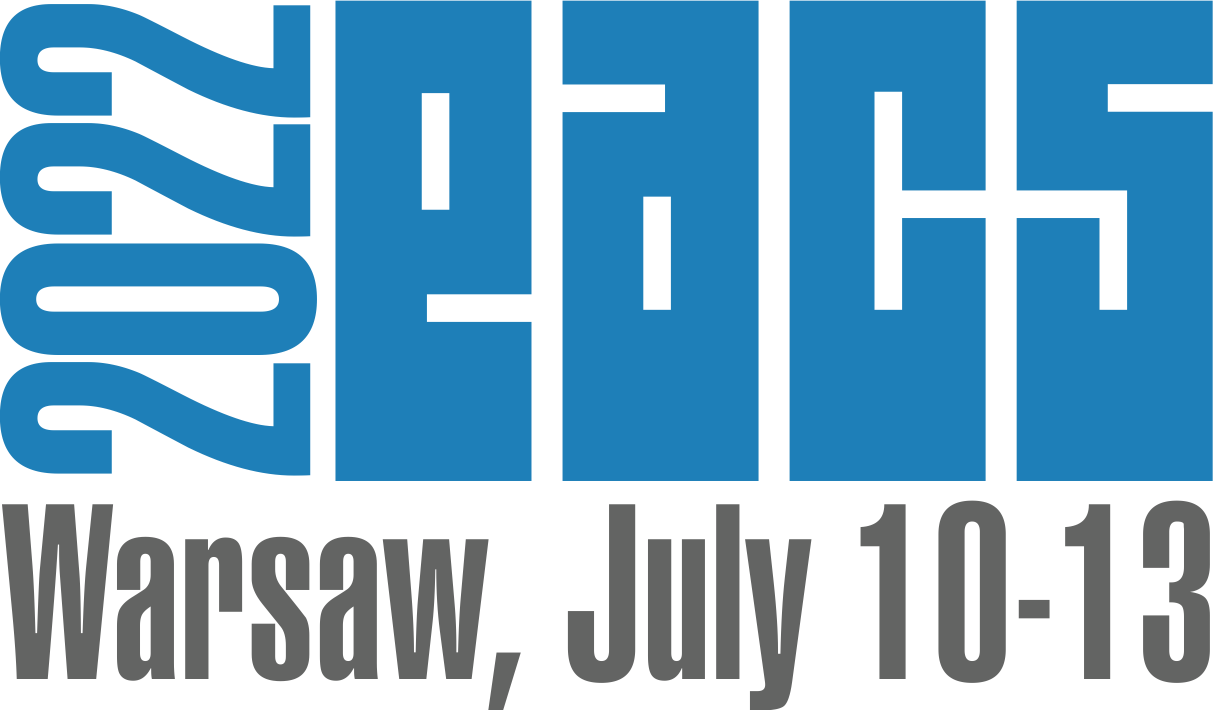| 1. |
Rezaei Y.♦, Jafari M.♦, Hassanpour A., Jamshidian M.♦, Multi-phase-field modeling of grain growth in polycrystalline titanium under magnetic field and elastic strain,
APPLIED PHYSICS A-MATERIALS SCIENCE AND PROCESSING, ISSN: 0947-8396, DOI: 10.1007/s00339-022-06008-8, Vol.128, No.874, pp.1-16, 2022 Abstract:
A two-dimensional constitutive model was developed to simulate grain boundary motion in polycrystalline titanium exposed simultaneously to magnetic field and elastic strain based on the thermodynamic laws. The multi-scale coupled finite element and multi-phase-field simulations were used to investigate the simultaneous effects of the driving forces arising from the magnetic field and elastic strain energy on microstructure evolution of titanium bicrystalline and polycrystalline samples. The multi-phase-field approach was employed to implement the kinetic relations of grain boundary migration at the mesoscale level. On the other hand, the equilibrium equations were implemented on a macroscale level by the finite element method. Based on the simulation results, the magnetically induced driving force overrides the elastic strain driving force and causes texture evolution toward orientations that contain less magnetic stored energy when the microstructure is exposed to a magnetic field of sufficient strength. Additionally, applying an elastic strain before annealing reduces the time required for magnetic field annealing by accelerating the microstructure evolution. The mean grain size and desired texture grow rapidly when the magnetic field strength and elastic strain are simultaneously increased. Keywords:
Multi-phase-field model, Grain growth, Magnetic field, Stressed grain growth Affiliations:
| Rezaei Y. | - | other affiliation | | Jafari M. | - | other affiliation | | Hassanpour A. | - | IPPT PAN | | Jamshidian M. | - | other affiliation |
|  |
| 2. |
Hassanpour A., Rezaei Y.♦, Jafari M.♦, Jamshidian M.♦, Investigation of the influence of misorientation-dependent anisotropy on the microstructure evolution under magnetic field: A multi-phase-field study,
Materials Today Communications, ISSN: 2352-4928, DOI: 10.1016/j.mtcomm.2022.104865, Vol.33, No.104865, pp.1-10, 2022 Abstract:
The influence of magnetic field-driven grain growth in a polycrystalline microstructure is studied via the multi-phase-field approach with the assumptions of isotropic and anisotropic grain boundary (GB) energy. Simulations are carried out using a two-dimensional representative volume element of titanium polycrystalline with the hexagonal crystal structure. The GB energy is a function of the misorientation angle by Read-Shockley equation and is independent of the GB inclination. The simulation results illustrate that the grain growth kinetics and final texture influentially depend on the initial texture when considering the misorientation-dependent anisotropy of GB energy. If the Euler angle is randomly distributed for all of the grains, the simulation results are similar for isotropic and anisotropic GB energies. Whereas the simulation results for anisotropic GB energy are significantly different from the isotropic case by considering for all grains. The elongation of grains, the aggregation of grains with analogous orientations, and deceleration of texture evolution and grain growth kinetics are its most important features. Also, the impact of magnetic field intensity is examined and, it is illustrated that the difference in simulation results for isotropic and anisotropic GB energies decreases with increasing the magnetic field intensity. Keywords:
Misorientation-dependent anisotropy, Magnetic field, Multi-phase-field model, Grain growth Affiliations:
| Hassanpour A. | - | IPPT PAN | | Rezaei Y. | - | other affiliation | | Jafari M. | - | other affiliation | | Jamshidian M. | - | other affiliation |
|  |




















